
 |
Author: Jas Virdee Edited by: Dr. Kimberly Huynh D.C. December 30, 2023 · 6 min |
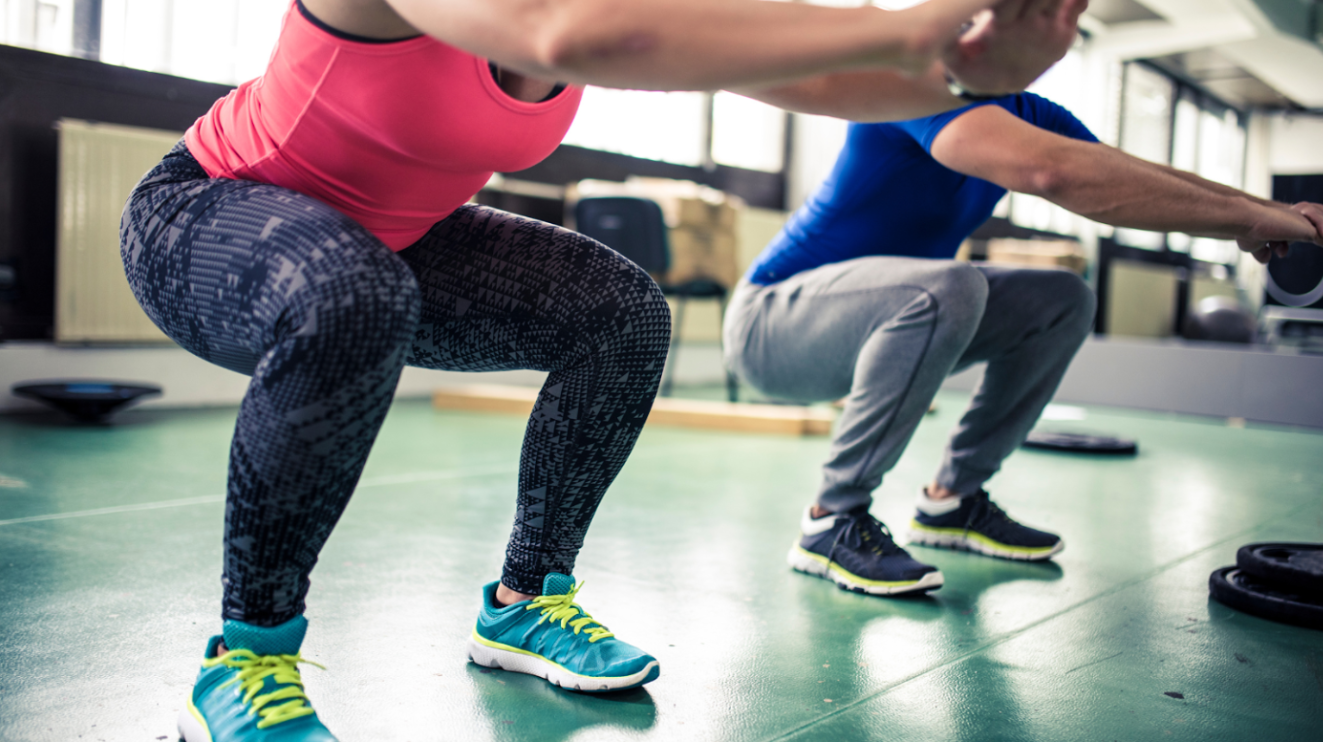
Squats and deadlifts are two of the most effective compound exercises that offer a wide range of benefits for overall strength, muscle development, and functional fitness. Here are some of the key benefits of squats and deadlifts and how to perform them.
Key Benefits
Leg Strength:
Squats target various muscles in the lower body, including quadriceps, hamstrings, and glutes, leading to increased leg strength.
Core Engagement:
Squats require the engagement of the core muscles to stabilize the spine during the movement, promoting core strength.
Improved Posture:
Proper squat form helps strengthen the muscles responsible for good posture, including the muscles in the back and core.
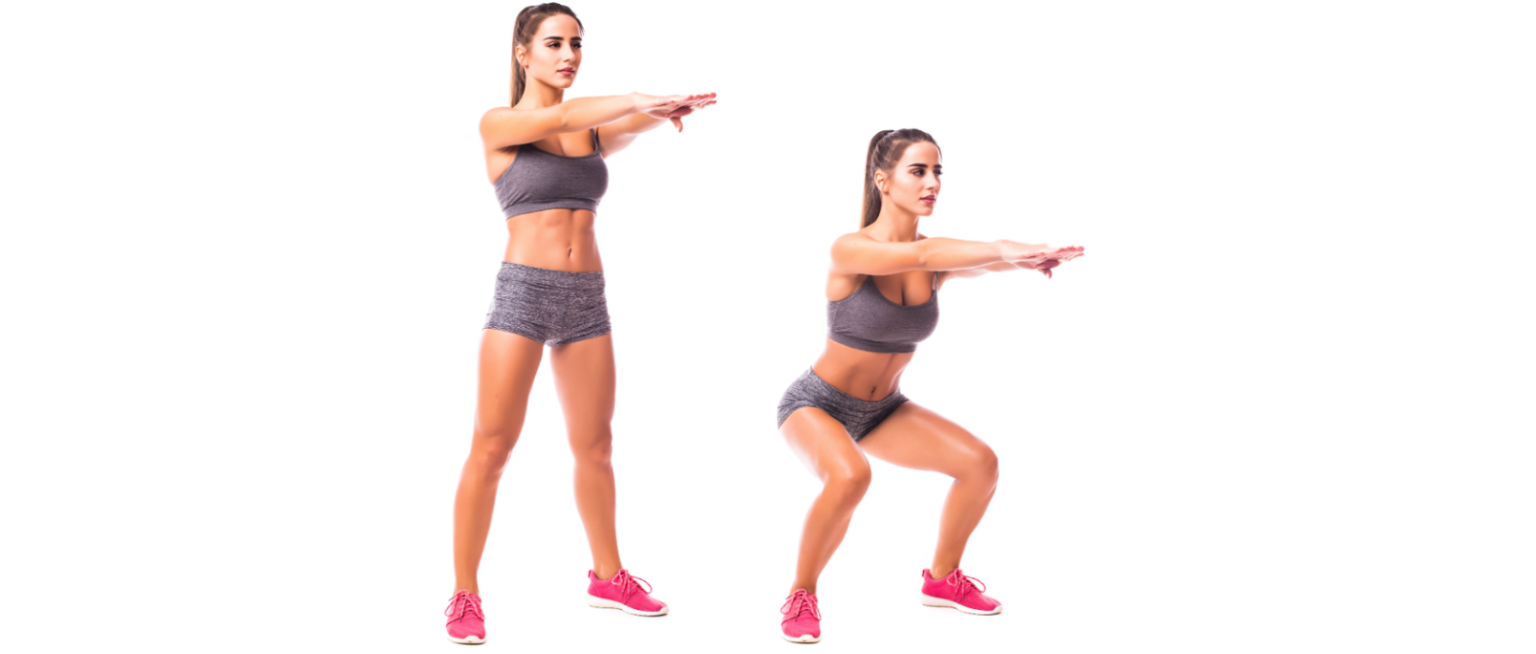
For beginners:
Start standing with feet shoulder-width apart, pull shoulders back, keep back straight and brace core. Slowly send hips back and bend knees to squat toward the floor, keeping heel grounded. Lower yourself until your thighs are parallel to the ground.
For advance with the barbell:
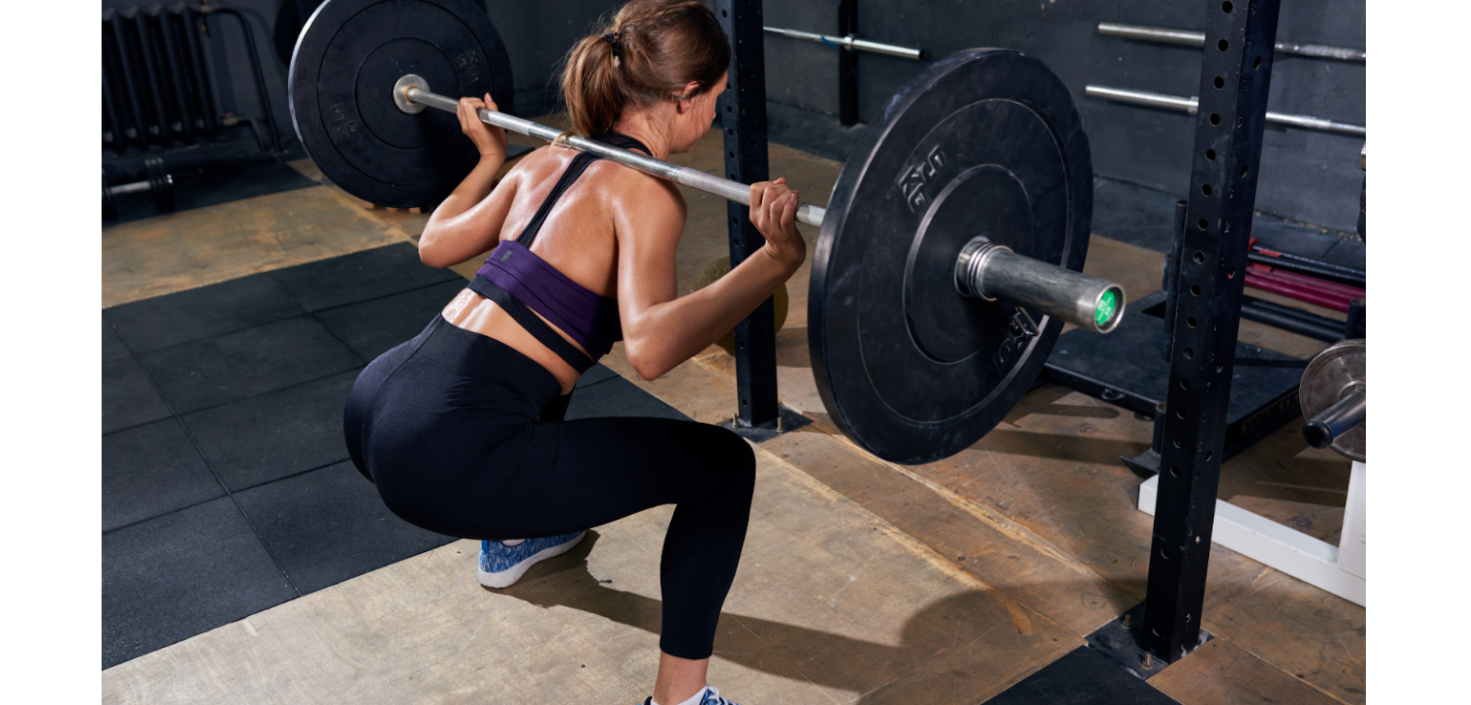
1. Place the bar right in the natural groove underneath your upper trap. This will help prevent discomfort and provide a natural cushion. 2. Lift the bar and place your feet shoulder-width apart, with your toes slightly pointed out 3. Initiate the movement by pushing your hips back to start the squat, just like you would if you were sitting in a chair. Consider attempting to extend your hips downward and backward. 4. Bend your knees. Start bending your knees as your hips come back. Keep your knees from collapsing inward, and make sure they track in line with your toes. 5. Lower yourself by bending your hips and knees at the same time to lower your body. Maintain an upright posture with your back straight. Instead of placing all of your weight on the balls of your feet, shift it to your heels. 6. To return to the starting position, push through your heels, straighten your hips, and extend your knees. Lower yourself until your hips have lowered beneath your knees 7. Repeat. Beginner 3 sets of 10 reps.
- Maintain a neutral spine. Keep your chest out and your back straight. Avoid rounding your back, as that can result in a destabilized core and could result in injury. - Deeper squats will help activate the glutes more.* - Keep your eyes forward and your gaze straight ahead. - Only lower yourself as far as you are comfortable without straining your back, hips, or knees.
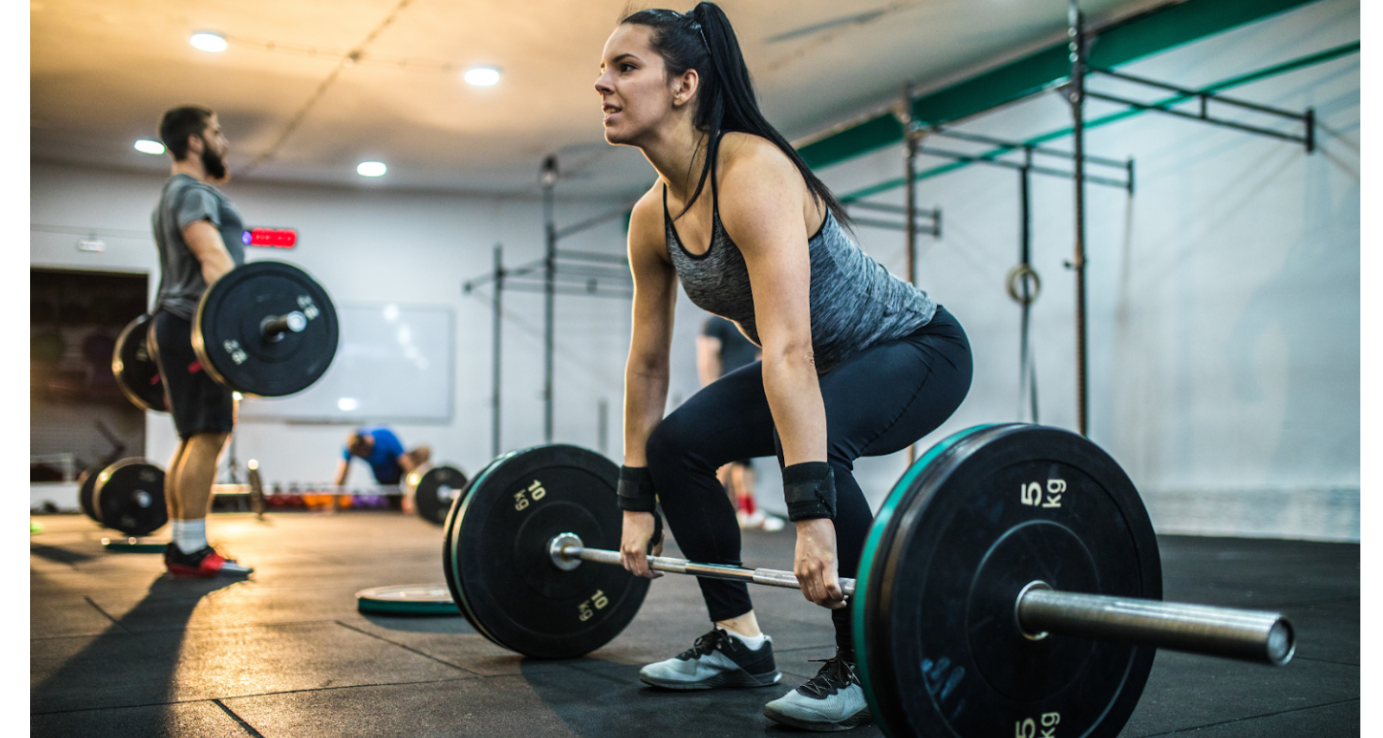
- Whole-Body Exercise: A thorough full-body activation is provided by deadlifts, which work the back, glutes, hamstrings, core, and grip muscles. - Enhanced Grip Power: Grip strength is enhanced by holding onto heavy weights during deadlifts, and this is advantageous for a variety of exercises and activities. - Posterior Chain Development: The posterior chain, which consists of the muscles in the back of the body, is highlighted in deadlifts. Better strength, stability, and aesthetics are all a result of this. - Functional Strength: The deadlift is a practical movement that is helpful for everyday tasks because it simulates the action of picking up objects from the ground.
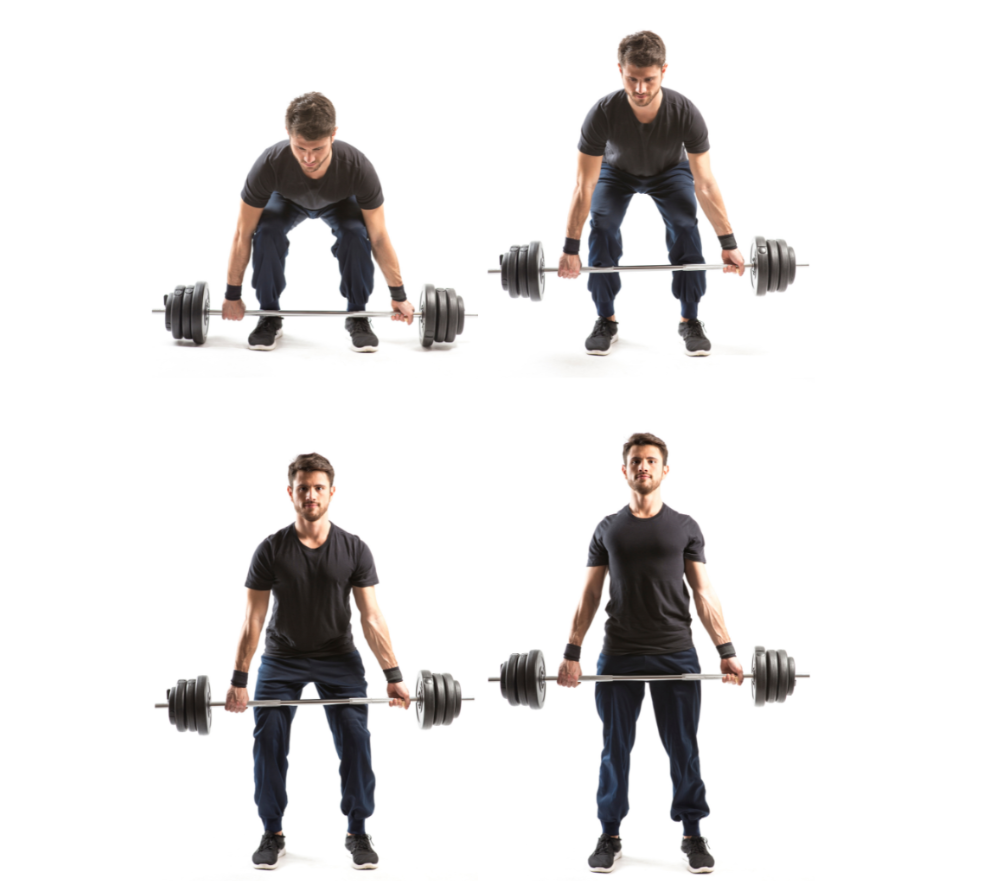
1. Set up by standing with your feet hip-width apart and your toes pointing forward or outward. The barbell should be placed over the center of your feet. The bar should be closed but not in contact with your shins. 2. Grip the bar by lowering your body to the barbell by bending at the hips and knees. Using an overhand grip (palms facing you) or a mixed grip (one palm facing you, one facing away), and grab the bar with both hands. 3. Set your back by keeping your back flat, chest up, and shoulders back. Engage your upper back by squeezing your shoulder blades together. 4. Start hip hinging by keeping your chest up while pushing your hips back. As you hinge at the hips, keep your back straight. Bend your knees as needed, but your primary focus should be on hip movement. 5. Lift your chest. Take a deep breath and lift your chest. It helps in the stabilization of your spine. 6. Lift the bar by standing up straight by pushing through your heels, engaging your glutes and hamstrings. As you lift, keep the bar close to your body. At the top of the lift, stand tall with your shoulders back. 7. Lower the bar. To return the bar to the ground, hinge at the hips and bend your knees. Keep your back straight throughout the descent. 8. Repeat. Beginner 3 sets of 10 reps.
- Strength: 5-8 repetitions at 75–85% of 1 Repetition Maximum - Hypertrophy: 9–12 repetitions at 65-75% of 1 repetition Maximum - Endurance: 12–15 repetitions at 50–65% of 1 Repetition Maximum
It is advisable to consult with a healthcare professional for an accurate diagnosis and personalized treatment approach. At Paradise Chiropractic Health & Wellness clinic, our experienced kinesiologist can guide you how to exercise safely and effectively, and in addition give you at-home advice for better self-management.
For a complimentary consultation or any other inquiries give us a call at (604) 496-0626, email at
info@paradisechiropractic.ca, or book online at https://paradisechiropractic.janeapp.com.